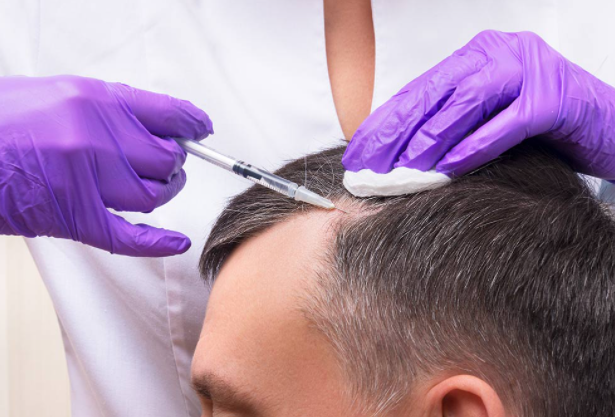
Extensive research is being carried out every day to get the most effective biomedicines for people suffering from degenerative joint disease. It is expected that biomedicines will soon replace joint replacement surgeries. PRP treatment in full stands for Platelets rich plasma treatments. This treatment is effective for hair restoration and many other cosmetic surgeries. Usually, the platelets and one type of blood cells have growth factors that may trigger cell proliferation, stimulate regeneration of your tissues, as well as speed healing in the area affected. The procedure is carried out by a trained doctor such as Dr. Stuart Kauffman in Philadelphia.
This treatment has also been used for many years to support wound healing on trauma or joint injuries. Because this procedure uses the patient’s tissues, PRP injections are considered safe. They can be administered alone or laced with other cosmetic procedures. The result of these procedures is most noticeable after six months. The results are not permanent, and you may need to touch up injections at least once a year.
What to expect from PRP therapy
You need to make sure that your doctor is aware of any medication or over-the-counter medicines you may be using before the procedure. It is vital to follow your doctor’s instructions about medications that may lead to prolonged bleeding such as naproxen, aspirin, blood thinners, or ibuprofen. You should never take aspirin unless you have been advised by the doctor to do so. However, you can take acetaminophen when experiencing a headache.
When you are using PRP to treat hair loss, you need to wash your hair without using any chemicals on the day of your treatment. Your doctor recommends wearing a hat after the procedure to help protect the treated area. This procedure involves drawing blood; therefore, you need to eat a meal before undergoing the procedure. This prevents one from experiencing lightheadedness.
PRP procedure
It starts with the doctor drawing blood from your arm and then separating PRP from the other blood components. Your doctor then injects lidocaine to numb the treatment area. He then injects the PRP to various places under your skin. This allows the platelets to break down to release their growth factor. The growth factor then triggers the natural process of proliferation of cells and tissue renewal. This procedure only takes about half an hour, therefore making it convenient for your day. From there, you can go about your normal duties.
What to expect after treatment?
It is recommended that you do not wash the treatment area for at least 48 hours of treatment. After this, you can proceed with your topical medications. It is normal for the treatment to be sore for the first few days and you may notice some bruising. When this happens, you can take acetaminophen to ease the discomfort. Schedule a consultation with your doctor to learn how PRP therapy can help.